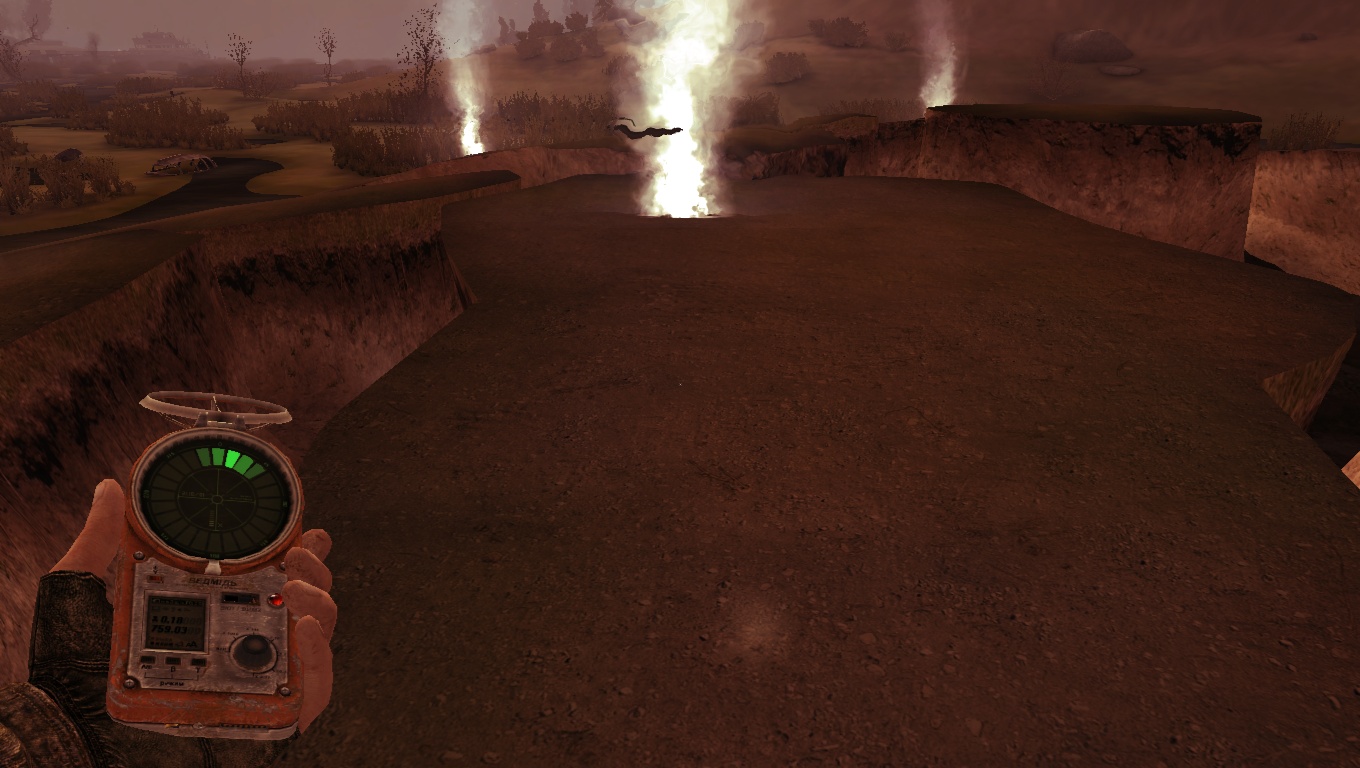

However, manual observation remains limited, especially in areas that are physically challenging to access, or when the focus is night-time behaviour.


This has traditionally been performed via manual surveying, often including the use of volunteers to help address the challenges of scale (Johnston et al., 2014 Kamp, Oppel, Heldbjerg, Nyegaard, & Donald, 2016). It is thus crucial to monitor avian populations for the purposes of conservation, scientific research, and ecosystem management. Bird populations are also expected to change in number and distribution as the impacts of climate change play out in coming years (Johnston et al., 2013). World-wide, bird populations have exhibited steep declines since the 1970s, largely due to changes in land management (North American Bird Conservation Initiative, 2016 RSPB, 2013). With modern machine learning, including deep learning, general-purpose acoustic bird detection can achieve very high retrieval rates in remote monitoring data, with no manual recalibration, and no pretraining of the detector for the target species or the acoustic conditions in the target environment.Multiple methods were able to attain performance of around 88% area under the receiver operating characteristic (ROC) curve (AUC), much higher performance than previous general-purpose methods.We present new acoustic monitoring datasets, summarise the machine learning techniques proposed by challenge teams, conduct detailed performance evaluation, and discuss how such approaches to detection can be integrated into remote monitoring projects.



 0 kommentar(er)
0 kommentar(er)
